Research shows that your customers expect you to understand them, and want your offers to be personalized to their particular wants and needs.
In this post and infographic, find out why and how the most successful marketers are using buyer personas to realize the most benefits from their content marketing efforts.
What are personas?
A persona is a fictionalized character that is a concrete representation of your ideal customer. Personas are grounded in research and developed based on the common traits of your ideal customers.
The Benefits of Creating Personas
Studies show that your prospects and customers expect you to understand what they’re about and to reflect that understanding in the way you interact with them.
In fact, Salesforce’s “Trends in Customer Trust” report states that 67% of Millennials and Gen Zers expect offers from companies to always be personalized.
In order to personalize your offers to your buyers, you obviously have to understand who they are as people. And that’s where buyer personas come in: studies show that 90% of companies who use personas have a clearer understanding of who their buyers are.
And with a greater understanding of your audience come demonstrable benefits.

Successful content marketers use buyer personas
An effective content marketing plan hinges on a solid understanding of your audience. In their B2B Content Marketing 2019 Benchmarks, Budgets, and Trends report, the Content Marketing Institute reveals that 77% of the most successful B2B content marketers use personas, compared to only 36% of the least successful.
Buyer personas help you reach your revenue goals
You can use buyer personas to segment your customer base and to tailor your marketing and development plans to each segment.
As a result, your offering will be more likely to resonate with prospects and to convert them into customers.
In fact, according to Cintell’s Understanding B2B Buyers Benchmark Study, companies who exceed lead and revenue goals are 2.4 times as likely to use personas for demand generation than those who missed lead and revenue goals.
The Elements of a Buyer Persona
Your goal for your personas is to turn them into very relatable characters that you get to know as well as if they were real. You’ll want to get as specific as possible about the traits that define them.
Background
What are your ideal customers’ most common demographic attributes? For example:
- Are your ideal customers likelier to be men or women?
- Do they skew to a certain age group?
- Are they likely to have a particular level of education?
- Are they married? Do they have children? If so, how old are their children?
- What is their household income?
Make sure your persona reflects your answers to those questions.
And how about key personality traits? Are there certain personality characteristics that your ideal customers embody? For example are they fun-loving extroverts? Are they more serious and detail-oriented? Are they prone to stress? If certain personality types stand out among your ideal customers, make them part of your persona definition.
Motivations and preferences
Your buyer personas should help you understand the motivations that drive your ideal customers and the best way to reach them and resonate with them. Find out:
- Which goals and aspirations are your ideal customers are desperate to reach
- Which obstacles stand in their way of achieving their objectives
- How you can help them reach their goals overcome their challenges
- What their communication preferences are. For example, do they prefer phone calls or email? Do they want to be kept apprised of all details or do they prefer fewer, more summarized exchanges?
- What their content preferences are. For example to they prefer quick overview videos over long-form text content or are they the type to want to pore over as much written information as possible?
- What their media consumption habits are. For example, do they watch TV? Listen to the radio? Read magazines? Spend their time on social media? Get as specific as you can.
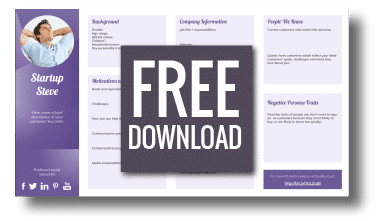
Download our FREE template!
Download our FREE template and learn how to develop detailed buyer personas that will drive better results from your content marketing.
Company Information
Do your ideal customers have similarities relating to their jobs or the types of companies they work for?
If so, your persona should reflect these common attributes.
This is particularly true if your company is B2B. Here are factors to consider as you define your buyer persona:
- Do your ideal customers often have the same job title and responsibilities?
- Which industries do your ideal customers work in?
- What size companies do your best customers work for? (You can define company size based on annual revenue as well as on their number of employees.)
- Do the companies you sell to tend to have a certain type of corporate culture?
- What budget do your ideal customers have for solutions like yours?
Purchase behaviour
Defining buyer personas can do more than just help you attract the right type of visitors to your website and content. You need to figure out the best ways to turn them into customers. In order to do that, here are some important questions you should ask yourself about how your ideal customers make their purchases.
- What key messaging is more likely to resonate with your ideal customers to help them convert?
- What are their more common objections during the sales process? What answers can you provide to quell their concerns?
- How do your ideal customers make decisions? For example, are they more instinctive or do they carefully and deliberately weigh all the facts?
- How do your ideal customers research the challenges they face and the best ways to meet their objectives? Are there particular key phrases they are likely to use in their Google searches?
- What goes into their purchasing processes? For example, do they require approvals from other key stakeholders? Do they rely heavily on recommendations from others?
- Which of your product or service features matter most to your ideal customers? What is the most effective way to describe them?
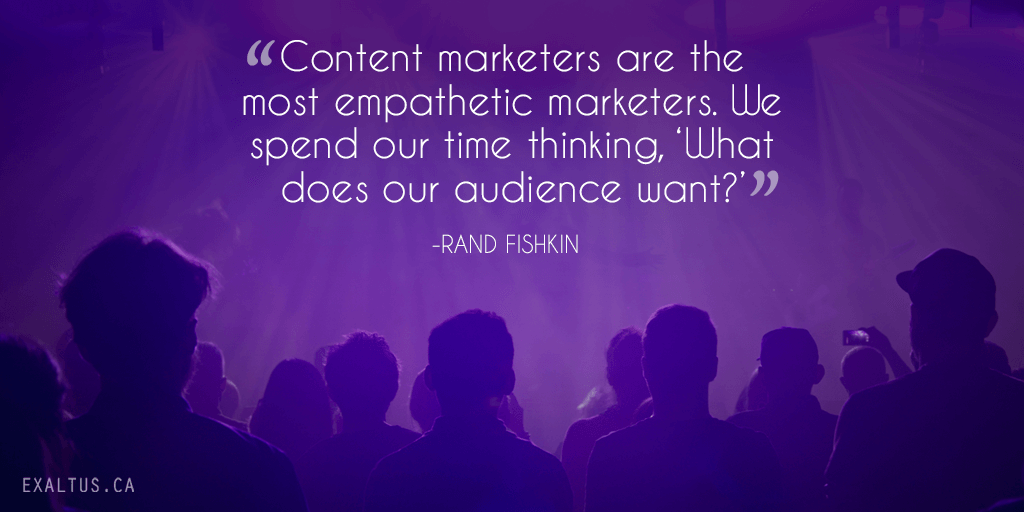
Get real with your buyer personas
Make your personas feel more real than a collection of generic attributes. Here are a few tricks for making your personas more relatable:
- Give them a memorable name that instantly distinguishes them from other personas. For example:
- Startup Steve
- Designer Dianna
- Doctor Dave
- List specific customers who you are very familiar with and who are a close match to your persona
- Include real quotes from ideal customers who match your persona and which reflect your ideal customers’ goals, challenges and what they love about you.
Think negative
While it’s important to define personas based on the common traits of your best customers, you should also take some time to think about which people you don’t want as a customer. Think of common traits that those people have, whether it’s too small a budget, more sophisticated needs than your product can deliver on, or something else.
Creating a negative persona will help you make sure that you don’t waste your time trying to acquire customers who aren’t likely to buy, or who are likely to churn too quickly. That will help you manage resources and lower your sales costs.
How to Research Personas
If you want your buyer personas to be effective, they have to be based on more than a hunch. Your persona development needs to be grounded in actual research. Here are just a few ways you can research your buyer personas:
- Aggregate demographic and company data from your online lead-generation forms.
- Get insight from your sales team on who your ideal customers are and their common attributes.
- Interview your best customers, either face to face, on the phone or by video chat.
- Survey your customers using a tool like Survey Monkey.
- In Google Analytics, study where your prospects are coming from & how they interact with your content. You can even design your own content marketing dashboard to do that for you.
- Observe your clients’ & followers’ social presence to understand how they communicate & what matters to them.
- Consume your customers’ favorite online content and media, including magazines, TV shows, and newspapers.
- Read market-research data on industry trends impacting your clients.
How to Use Personas
How to use personas
Once you have developed your buyer personas, you should make the most of them by sharing them with your team and considering them in every facet of your business. Here are just a few examples of how you can use your buyer personas:
Direct your product development
Developing your personas can give you precious insights into the product or service features that will have the greatest appeal to your ideal customers. Use those insights to steer your development efforts.

Download our FREE template!
Download our FREE template and learn how to develop detailed buyer personas that will drive better results from your content marketing.
Generate great content ideas
Coming up with great content ideas can be one of the biggest content marketing challenges you face. You’ll be amazed at how much developing your buyer personas can help you generate ideas for content that resonates with your ideal customers.
Tailor your messaging
After you develop your buyer personas, you’re likely to discover that your key messaging is off the mark. Revise your messaging to speak to your ideal customers’ goal, challenges and the way you can help them. I highly recommend you read Building a StoryBrand by Donald Miller. It’s a great read if you are trying to clarify your messaging to resonate with your ideal customers.

Segment your email marketing
Use your buyer personas to help you segment your email list so that you can tailor your emails to the subscribers who are receiving them, leading to stronger open and click-through rates, and a better return on your email marketing dollar.
Adopt the right tone of voice
Are your ideal customers likely to prefer a more corporate and professional tone to your communications? A friendly and conversational one? Let the findings from your persona development guide you. For example, if it’s appropriate, you can mirror the tone and language they themselves use in their social media interactions.
Choose the right channels
If content marketing is part of your market plan, creating quality content is just the beginning. You need to promote that content across your different channels. But unless you’re flush with time and resources, you can’t maintain a consistent presence on all channels. Draw on your persona research to figure out where your ideal customers are hanging out and focus your resources there.
Reallocate your ad spend
Advertising is expensive enough without your wasting dollars trying to acquire visitors who will never become customers. Use your persona development findings to figure out where you should be allocating your ad dollars.
Optimize your landing pages
Once visitors land on your pages, you need to do everything you can to convert them into subscribers and followers. That means convincing them that you can help them and address any of their fears or uncertainties. You’ll find that is much easier to do once you’ve conducted your persona exercise.
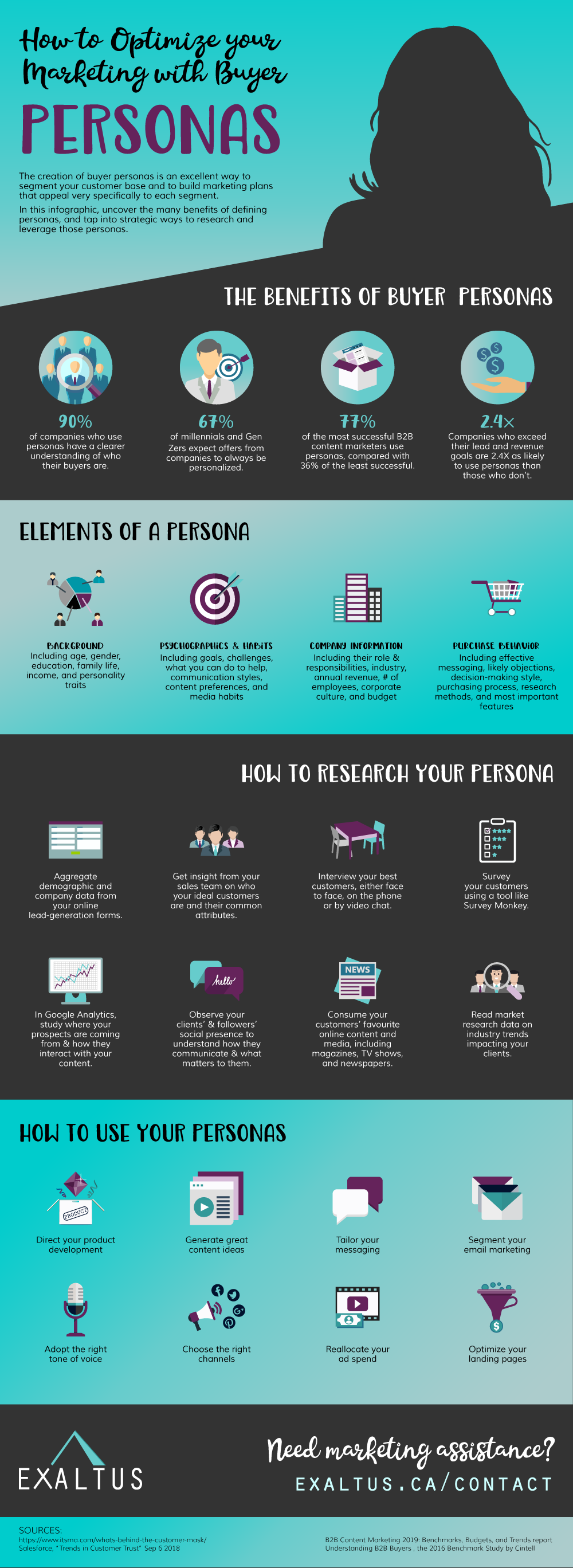
Share this Image On Your Site
Over to you
Have you gone through the exercise of defining your own personas? If so, I’d love to hear about it in the comments. Have you got any tips to add to my list?
If not, you may want to check out the fillable persona template I created for you. I’m hoping it will make the process easier for you. Let me know what you think!
And if you’re looking for help with your content marketing, check out our content marketing best practices for small business, find out about our Blog in a Box plan, or contact Exaltus today!




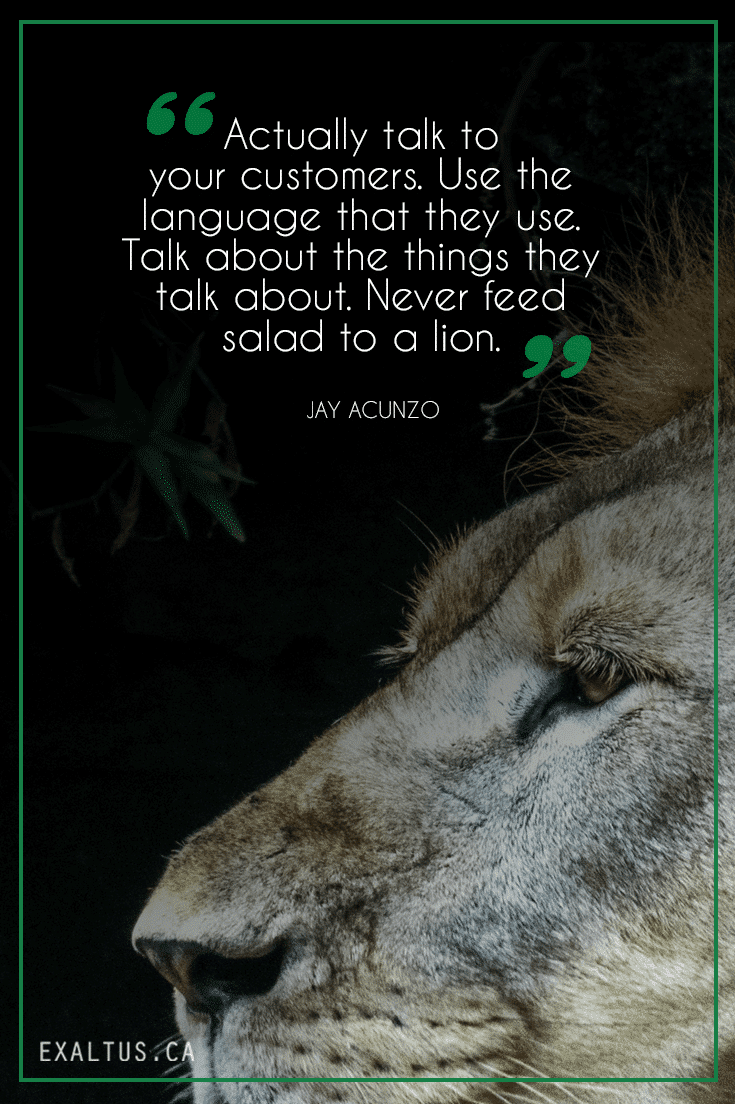
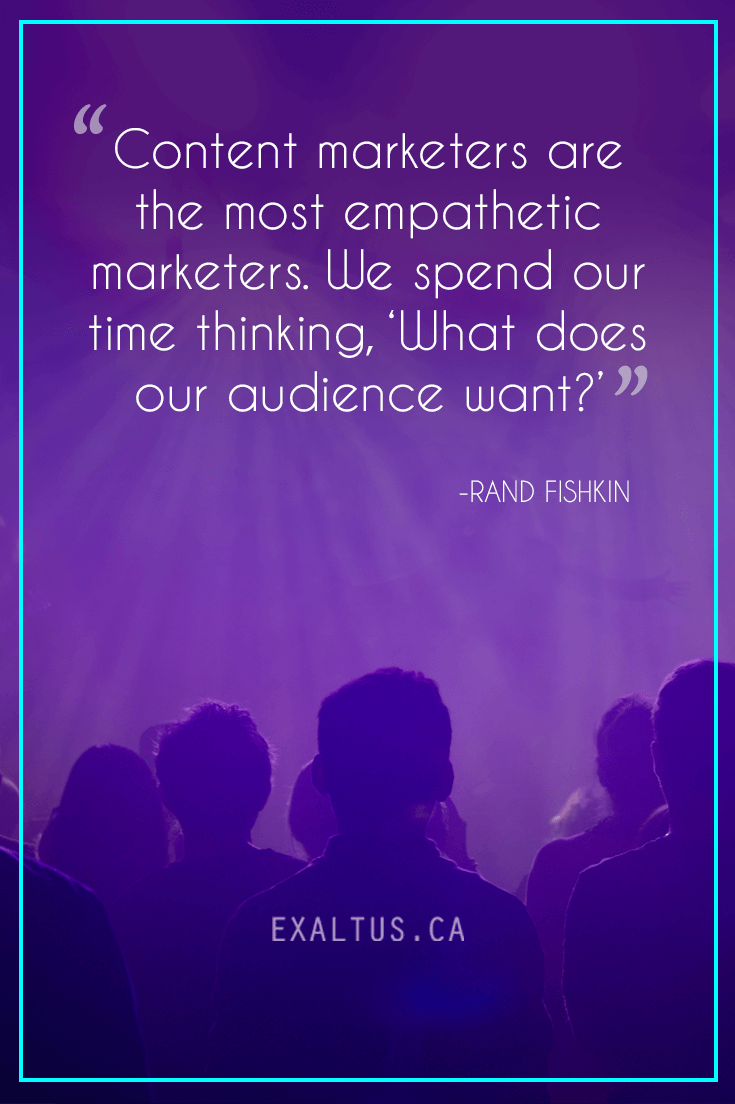


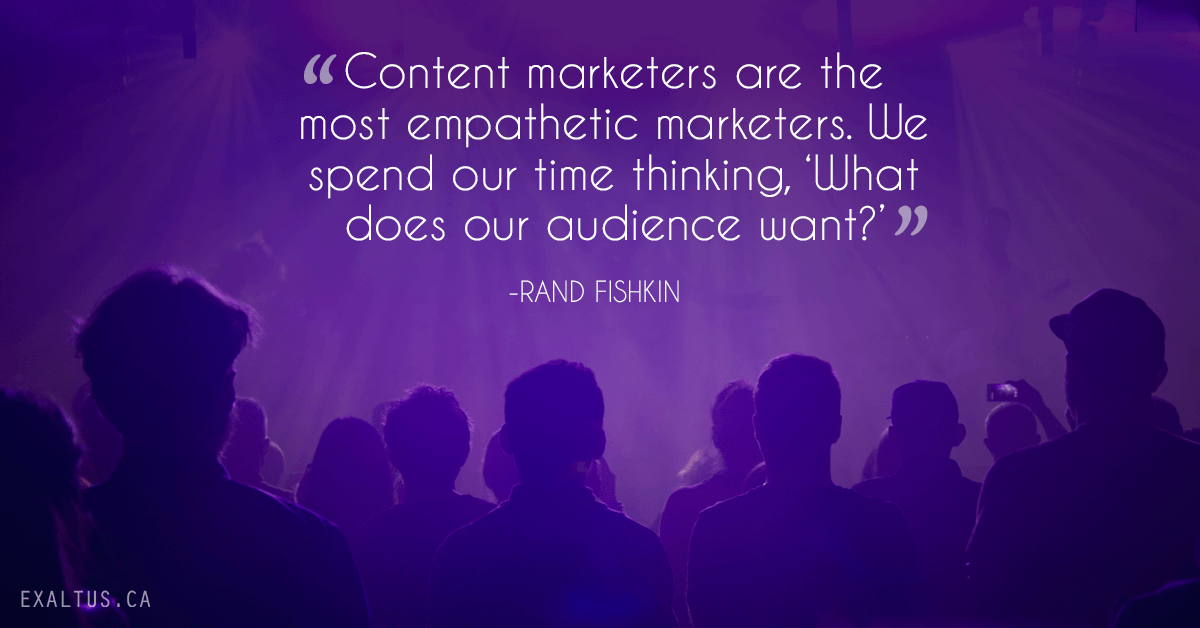
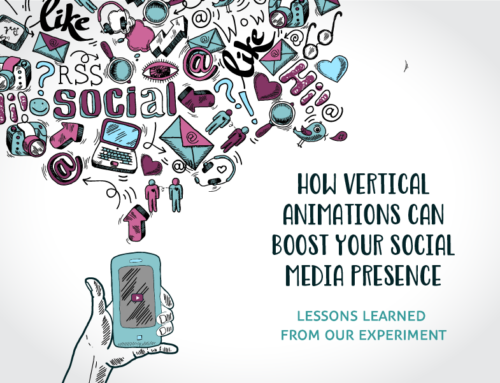
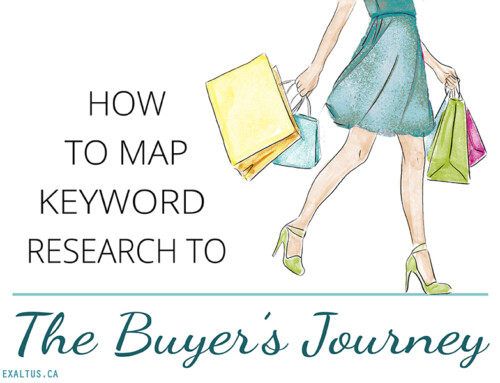
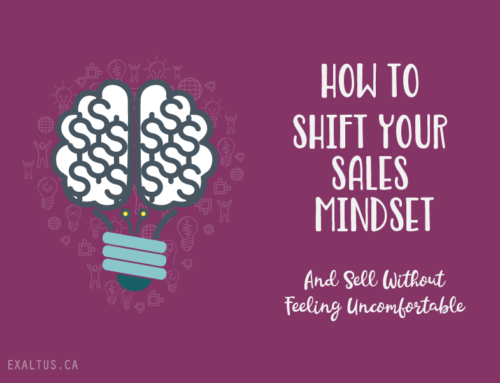
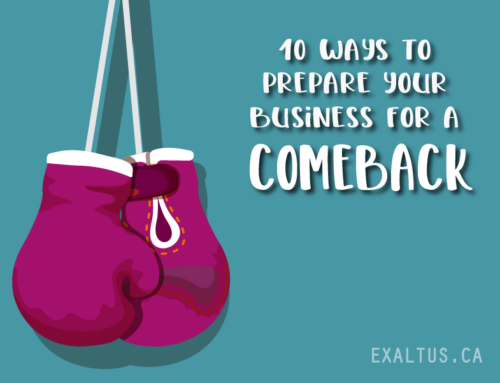
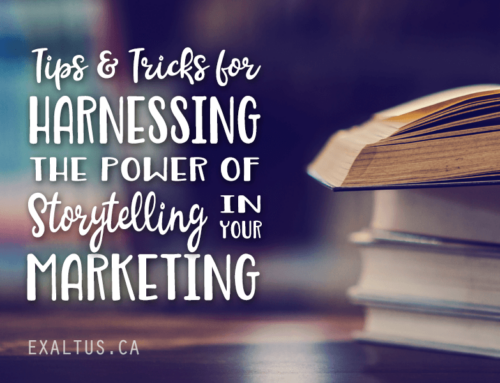
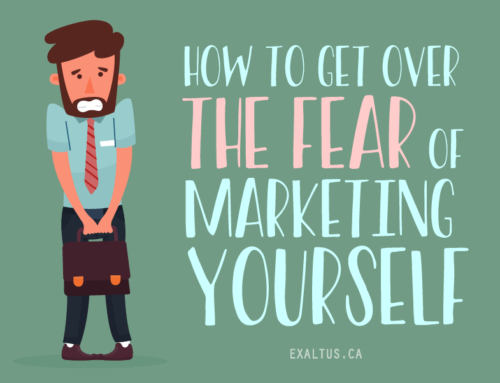
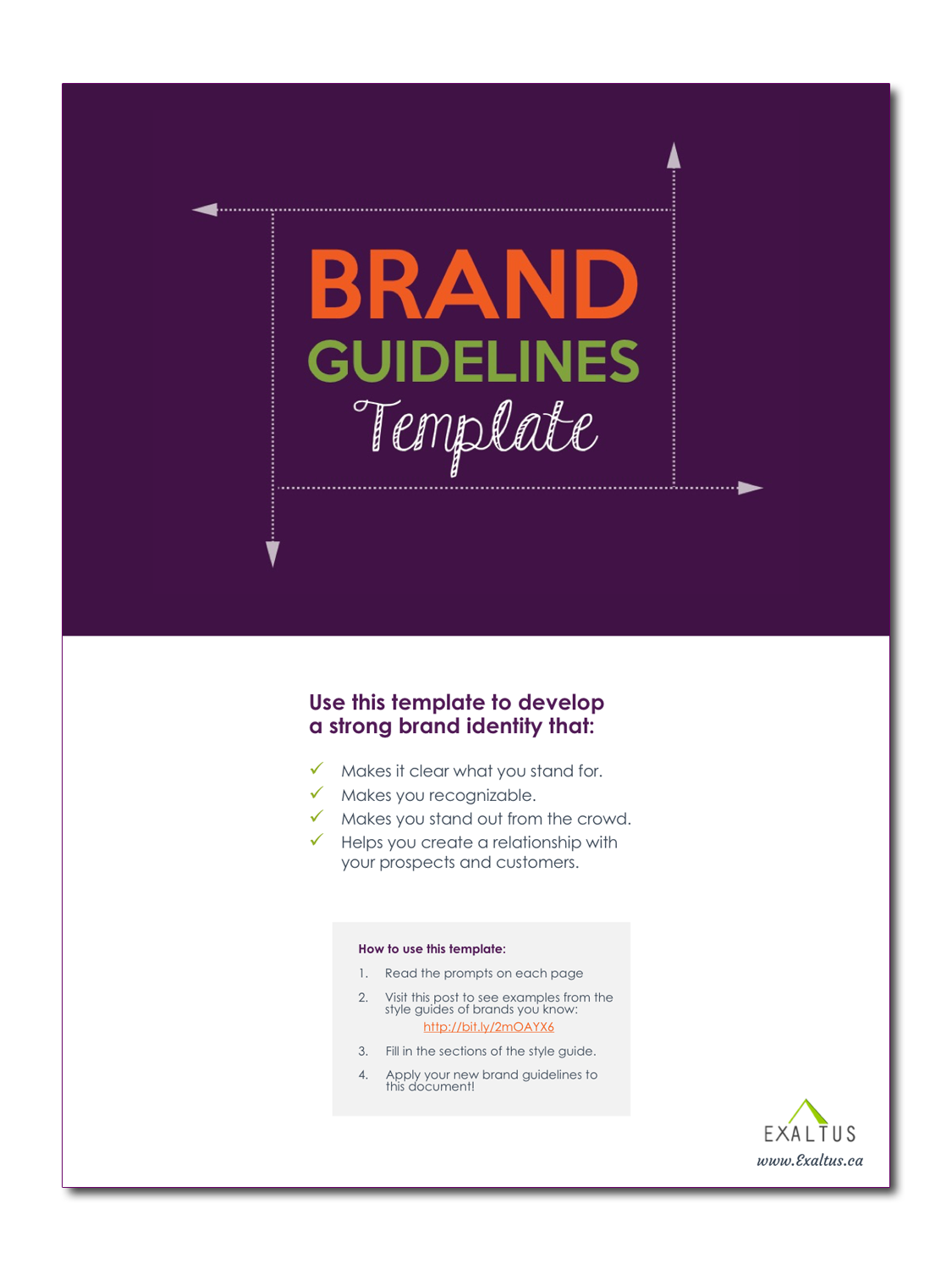

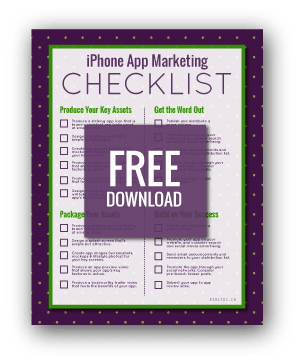
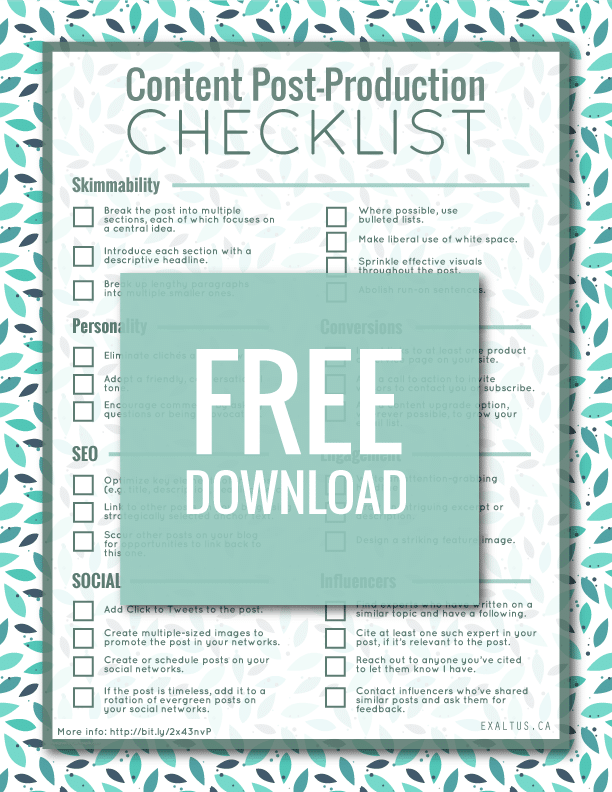
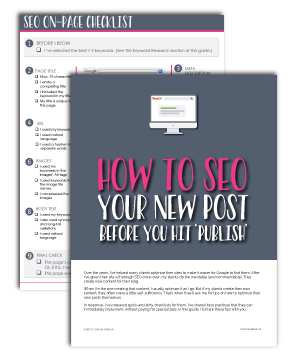
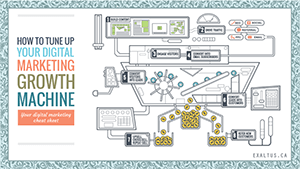
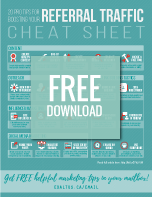
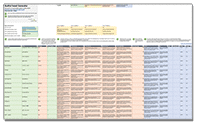
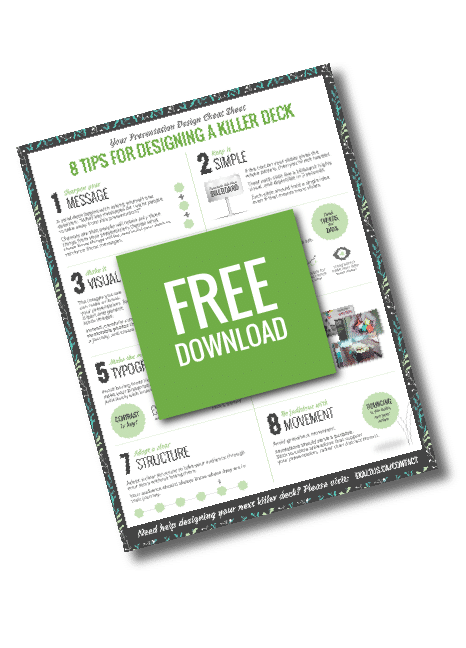
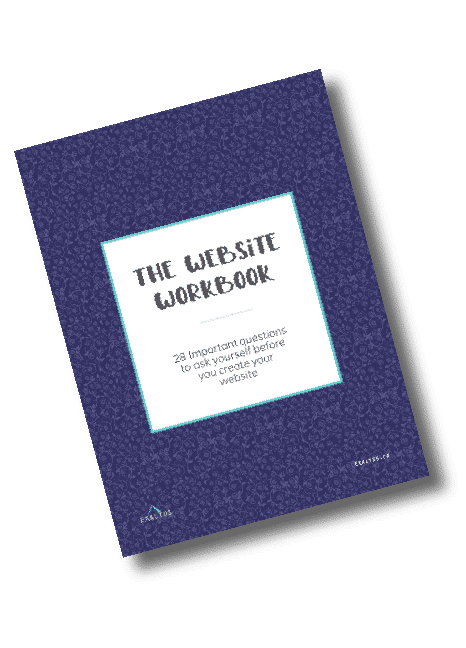
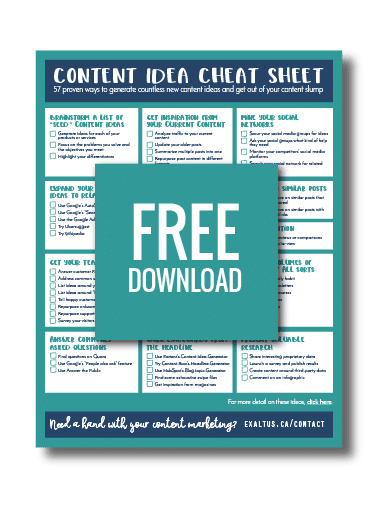
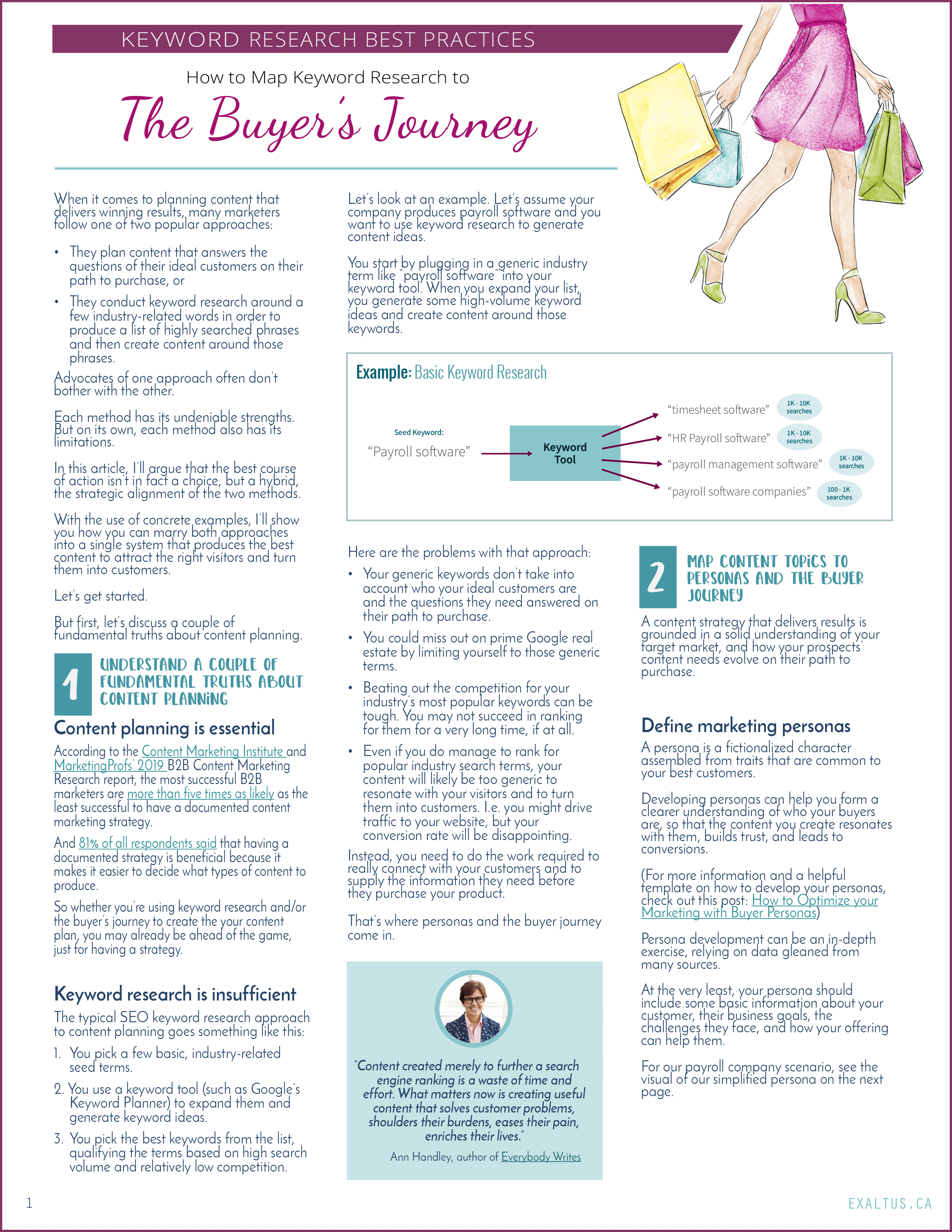
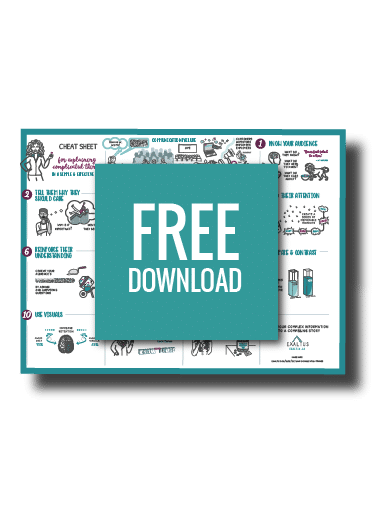
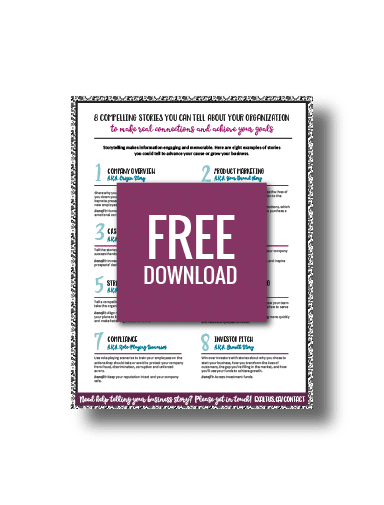
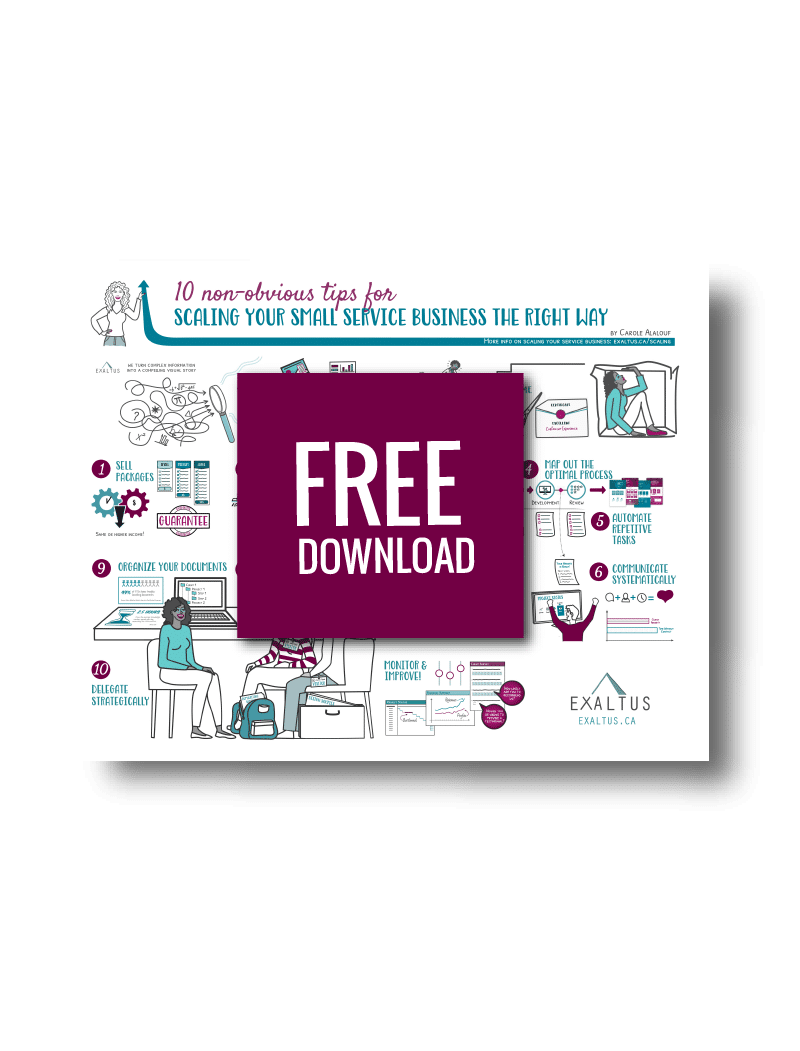
Leave A Comment